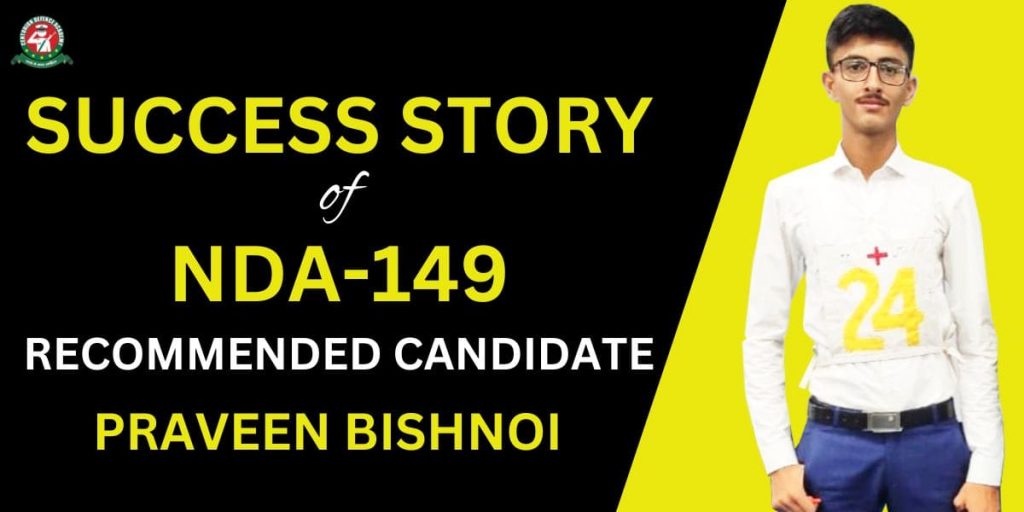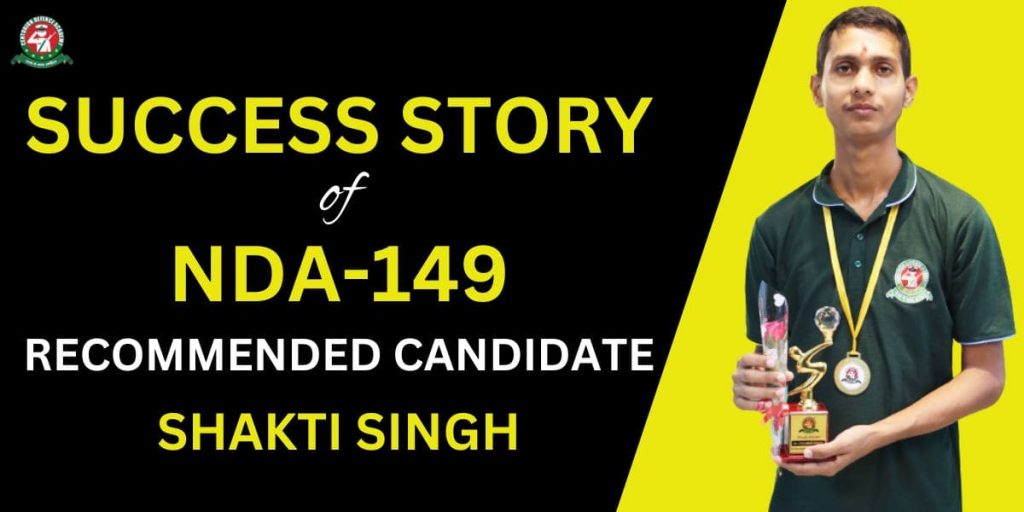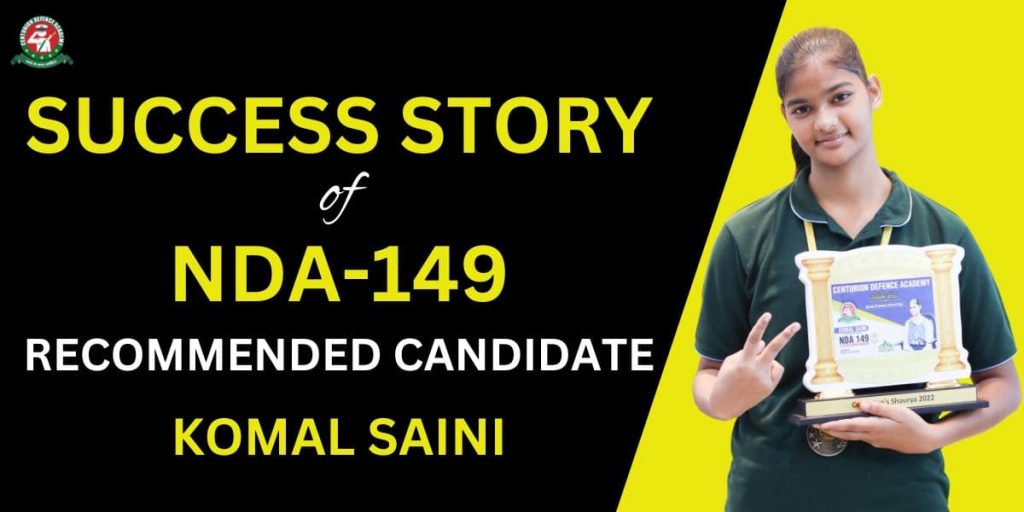
Lecturette Topics for SSB Interview 2023 with Answers
If you are a defence enthusiast, you must have heard about the term “Lecturette” associated with the SSB interview process. Do you know what it refers to and what role it plays in the SSB interview? On analysis, we found that Wiktionary defines the term ‘Lecturette’ as “a short lecture”. Yes, it is indeed a short lecture and is as important as any other task in SSB. In this article, Centurion Defence Academy will provide complete details on lecturette in the SSB interview. Further, you will also get to know the latest lecturette topics with answers that will help you prepare thoroughly. So, read on to learn more about lecturette topics for SSB with answers.
What is ‘Lecturette’ in the SSB Interview?
Lecturette is an important part of the GTO tasks in the SSB interview process. It’s a very interesting activity that candidates enjoy a lot. In fact, lecturette serves as a way through which the Group Testing Officer (GTO) draws a picture of the candidates’ verbal ability and knowledge of various issues happening around. It basically provides an overall sense of candidates’ leadership traits and their ability to influence the group.
In this task, you have to pick up one of the many cards that the GTO has. Then, you need to select one topic as per your preference from the 3-4 topics written on the card. Now, you will get 3 minutes to prepare the topic and thereafter, you will have to deliver a short lecture before the group within the next 3 minutes. Keep it in mind that your way of presentation and confidence matter more than your knowledge on the chosen topic.
Important Lecturette Topics for SSB with Answers
Here you will get to know about some important lecturette topics for SSB with answers. The given topics often appear in the news and are prevalent across the globe. Hence, such topics are very important for the lecturette part of the SSB interview. By following the sample answers for the given lecturette topics, you can get an idea of how to frame and deliver your lecture.
Sustainable Development Goals
The Sustainable Development Goals (SDGs) are a universal call to action to end poverty, protect the planet, and ensure prosperity for all. Adopted by all United Nations Member States in 2015, they are a blueprint for a better and more sustainable future. The 17 SDGs encompass a wide range of interconnected issues, from eradicating poverty and hunger to ensuring clean water and sanitation, promoting gender equality, and addressing climate change. These goals are not isolated but are interdependent, highlighting the need for holistic and integrated approaches to development.
Achieving the SDGs requires collaboration between governments, businesses, civil society, and individuals. It’s not just about governments implementing policies; it’s about collective action on a global scale. Sustainable development means leaving no one behind, and the SDGs prioritize inclusivity and social justice. Addressing climate change is a crucial part of achieving the SDGs. Climate action directly impacts poverty reduction, health, and economic growth. By embracing sustainable practices, we can work towards achieving multiple goals simultaneously.
In a world facing numerous challenges, the Sustainable Development Goals offer a comprehensive framework for positive change. They remind us that our actions today impact the well-being of future generations. By working together and prioritizing sustainability, we can strive for a world where no one is left behind.
Climate Change
Climate change is one of the most pressing global challenges of our time. It refers to long-term shifts in temperature and weather patterns, primarily caused by human activities such as burning fossil fuels and deforestation. The consequences of climate change are far-reaching and impact everything from rising sea levels and extreme weather events to disruptions in agriculture and threats to biodiversity. It’s not a distant problem; it’s happening now.
Mitigating climate change requires a multifaceted approach and this includes reducing greenhouse gas emissions to a greater extent. Further, transitioning to renewable energy sources and implementing sustainable land-use practices are also a part of this process. Achieving these goals is not just about protecting the environment; it’s about safeguarding our future and promoting social justice. The effects of climate change disproportionately affect vulnerable communities and exacerbate existing inequalities. Therefore, addressing climate change is the need of the hour.
Taking action on climate change is not optional, it’s imperative as it requires a global commitment to reducing emissions. Moreover, transitioning to clean energy and adapting to the changes are already underway. By addressing this challenge head-on, we can create a more sustainable and equitable world for all.
Energy Crisis
The energy crisis is a looming challenge that demands our immediate attention. It revolves around the diminishing availability of fossil fuels, which have long been our primary source of energy, and the pressing need to transition towards sustainable alternatives. Fossil fuels such as coal, oil, and natural gas have powered our world for generations, but their finite nature and environmental impact cannot be ignored. As we continue to burn these fuels, we face the dual threats of resource depletion and climate change. Therefore, transitioning to renewable energy sources, like solar, wind, and hydropower, is imperative.
The energy crisis has far-reaching implications, including economic instability and geopolitical conflicts. It’s closely tied to both climate change and social justice. Access to clean and affordable energy is a basic human right, yet millions lack access to reliable electricity. Addressing the energy crisis means not only reducing emissions but also ensuring that energy access is equitable for all. By investing in renewable energy infrastructure and adopting energy-efficient practices, we can mitigate the energy crisis’s impacts while working towards a sustainable future.
The energy crisis is a complex challenge with profound consequences. Our transition to sustainable energy sources is not a matter of choice but a necessity for our planet’s health and the well-being of its inhabitants. By prioritizing clean energy, we can simultaneously address climate change, social justice, and the Sustainable Development Goals.
Cybersecurity
In our increasingly interconnected world, cybersecurity is a vital concern. It encompasses the practices, technologies, and measures used to protect digital systems, networks, and data from theft, damage, or unauthorized access. Cybersecurity has become integral to our daily lives, with the growth of online banking, e-commerce, and the digitalization of sensitive information. However, it’s not just about protecting our personal data; it’s a matter of national security and global stability.
Cyberattacks can take many forms, from hacking and identity theft to malware and ransomware attacks. They can disrupt critical infrastructure and compromise privacy thereby putting significant economic and social implications. Thus, achieving cybersecurity is not just a technical challenge but also a matter of policy, law, and international cooperation. In fact, ensuring cybersecurity is closely related to the concept of inclusive growth. This simply means addressing the digital divide, promoting digital literacy, and ensuring that marginalized communities are not left vulnerable to cyber threats.
Cybersecurity is not an isolated concern; it’s an integral part of our digital age. Protecting our digital infrastructure and data is essential for economic stability, individual privacy, and national security. By prioritizing cybersecurity and fostering inclusivity in the digital realm, we can navigate the challenges of the digital age while preserving our collective well-being.
How to perform well in the lecturette part in the SSB Interview?
Here are some tips on how you can perform well in the lecturette part in the SSB Interview. Follow these tips to excel in the lecturette part. Most importantly, focus more on practice by speaking on random topics before friends or your mentors.
- Organize your lecture with an introduction, main points, and conclusion so that your lecture can maintain a logical flow.
- Express your ideas clearly and coherently so that you can articulate your thoughts effectively.
- Speak confidently and maintain good body language and eye contact.
- Ensure your ideas are well-structured, logical and easy so that the group can understand your points clearly.
- Back your points with relevant examples to illustrate your thoughts.
- Be concise get to the point and avoid unnecessary elaboration.
Join Centurion’s 21 Days SSB Program for Complete Guidance
Centurion Defence Academy is the best SSB coaching in India that provides holistic guidance for the preparation of SSB interview for NDA, CDS, and AFCAT exams. In Centurion’s 21-Day SSB course, you will get interactive sessions by SSB experts and professionals to help improve your fundamental understanding. The professional SSB guidance by our experts will help in assessing your strongholds and areas of improvement. Furthermore, you will be able to assess your level of preparation with the help of our comprehensive mock interviews. Besides these facilities, we also have India’s largest GTO ground to help you prepare for your SSB Interview with a holistic approach.
FAQs on Lecturette Topics in the SSB Interview:
Q1: What is a Lecturette in the SSB interview?
Lecturette is a task in the SSB interview where candidates pick a topic, prepare for 3 minutes, and deliver a short lecture within 3 minutes.
Q2: Why is Lecturette important in the SSB interview?
Lecturette helps in assessing a candidate’s verbal ability, knowledge, confidence, and leadership traits.
Q3: How do you choose a topic for Lecturette?
Candidates select a topic from 3-4 options written on a card provided by the Group Testing Officer (GTO).
Q4: What’s the time limit for preparing and delivering a Lecturette?
Candidates have 3 minutes to prepare and 3 minutes to deliver their Lecturette.
Q5: What should be included in a Lecturette’s structure?
It should have an introduction, main points, and a conclusion for a logical flow.
Q6: Why is clear and coherent expression important in Lecturette?
Clear expression helps articulate thoughts effectively to the group.
Q7: How does confidence impact Lecturette performance?
Confidence in speech and body language is crucial for a successful Lecturette.
Q8: What role does eye contact play in Lecturette?
Maintaining eye contact shows confidence and engagement with the group.
Q9: Why should you use relevant examples in a Lecturette?
Examples support your points and make your Lecturette more convincing.
Q10: What’s the key to being concise in a Lecturette?
Avoid unnecessary elaboration and get to the main points quickly.























Leave Comment